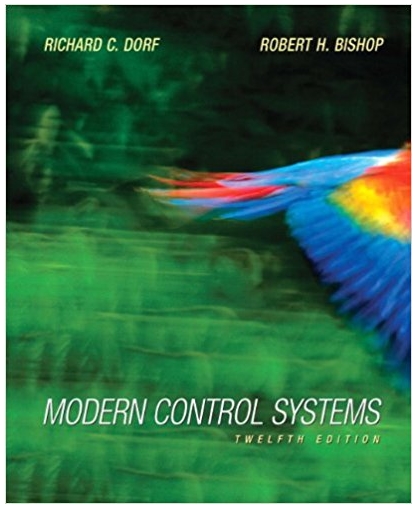The Gamma-Ray imaging Device (GRID) is a NASA experiment to be flown on a long-duration, high-altitude balloon
Question:
An optical sun sensor provides a measure of the sun-instrument angle and is modeled as a first-order system with a DC gain and a pole at s = -500. A torque motor actuates the canister/gondola assembly. The azimuth angle control system is shown in Figure CP12.8(b). Tlie PID controller is selected by the design team so that
-1.png)
where a and b are to be selected. A prefilter is used as shown in Figure CP12.8(b). Determine the value of KD, a, and b so that the dominant roots have a £ of 0.8 and the overshoot to a step input is less than 3%. Develop a simulation to study the control system performance. Use a step response to confirm the percent overshoot meets the specification.
-2.png)
FIGURE CP12.8
The GRID device.
Fantastic news! We've Found the answer you've been seeking!
Step by Step Answer:
Related Book For 

Question Posted:





